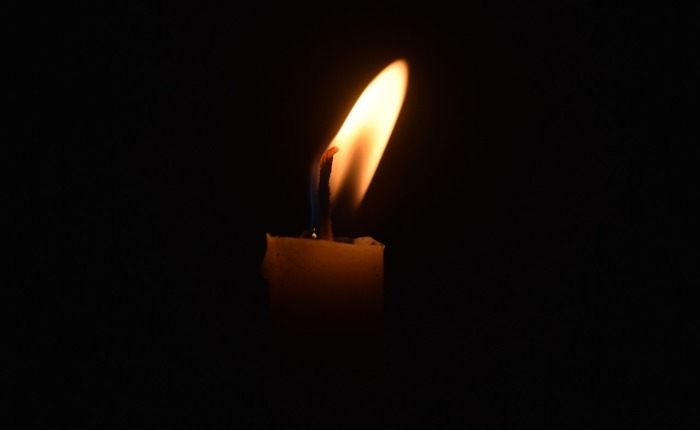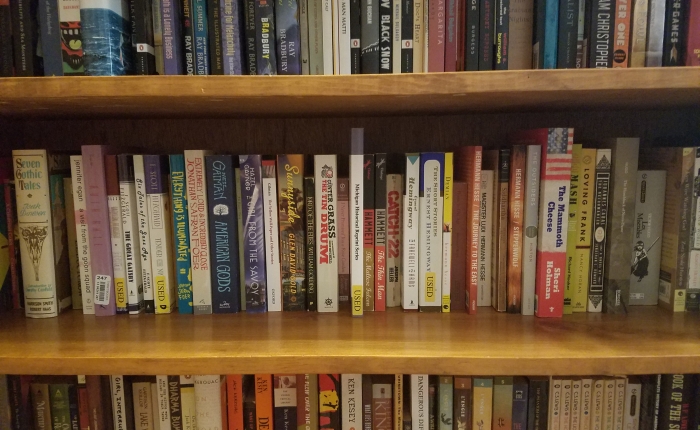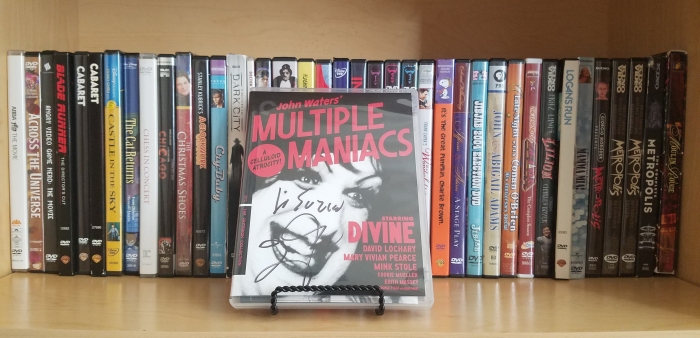CW: mental illness, hallucinations, delusions, depression
I’ve talked a little about my mental health struggles on this blog before, though not in detail. Today, I’m going to go a bit into specifics on what I’ve dealt with and how video games helped me deal with it.
A large part of the reason why I’m writing this post now is because of a wonderful nonprofit organization for video gamers I found at MAGFest called Take This, which “seeks to inform our community about mental health issues, to provide education about mental disorders and mental illness prevention, and to reduce the stigma of mental illness.” The organization’s name is taken from a famous quote from the beginning of the first Legend of Zelda game where Link goes into a cave and is greeted by an old man who gives Link a sword while saying “It’s dangerous to go alone! Take this.”
Aside from the obvious message implied by the reference (that those struggling with mental illness are not alone and should seek help), I find it especially applicable to my experience because the Legend of Zelda games have helped me process and cope with my mental illnesses for almost two decades.
The Legend of Zelda: Majora’s Mask
Majora’s Mask was not my first Zelda game, but it’s been my favorite ever since it came out. When people ask me why, I give them a lot of reasons: the way it managed to create a unique story and aesthetic in spite of reusing assets from Ocarina of Time; its use of symbolism to reinforce its themes; the fact that it goes all-in on being different when so many Zelda games tend to be the same; the way it handles heavy questions about friendship, love, loss, forgiveness, and death; I could (and often do) go on and on. But there’s another, deeper reason behind it that I tend to stay quiet about.
See, ever since I was a child I’ve had short periods of time where I’ve struggled with hallucinations and delusions, usually during times of tremendous stress. I rarely talk about it (out of a combination of embarrassment and fear that I’ll be labeled “attention-seeking” or worse) and haven’t been formally diagnosed with a psychotic disorder, but thankfully one of the medications I’m on also prevents the symptoms of whatever it is from coming back. Nevertheless I still live in constant fear that it’ll happen again.
What does this have to do with Majora’s Mask? Two words: Skull Kid.
 This guy
This guy
Skull Kid is a key character in Majora’s Mask, the apparent villain until (spoilers) it’s revealed at the very end that the titular evil mask was the real villain all along, possessing Skull Kid and forcing him to act out its destructive will. Skull Kid is completely atypical when it comes to Zelda villains, not only because he isn’t Ganon and has nothing to do with Ganon whatsoever, but because he’s portrayed sympathetically. Skull Kid isn’t evil; he’s just a frightened, lonely child who was taken advantage of by forces beyond his control.
So imagine you’re a ten-year-old kid plagued by frightening and often violent hallucinations, paralyzed with fear that you’re a terrible person who will end up hurting somebody. You pick up this game and see how Skull Kid is portrayed. And while no, it’s not any kind of depiction of mental illness, you still relate to it. You think for the first time that maybe it’s not that you’re a bad person, it’s just that – like Skull Kid – you’re suffering from something that’s outside your control. And that this thing can be overcome and you can reclaim the person you were without it.
Maybe that doesn’t sound like much to you but for someone who’d only seen people like them depicted as either violent criminals or the punchline of a joke, it meant a lot.
The Legend of Zanne: Gaming’s Power
I’ve often turned to Zelda games in times of need. When I needed get out of my own upsetting thoughts for a little while, I played Ocarina of Time. When I needed to distract myself from depression and PTSD following a traumatic event, I played Twilight Princess. When I needed to feel smart and strong after being suspended from college due to academic problems caused by untreated depression and ADD, I played Skyward Sword – my first game completed without a guidebook.
I want to emphasize that I needed formal treatment too; none of these games were enough on their own. Also, I had to be careful to make sure I didn’t play them compulsively. But they were invaluable in helping me cope during the many years where I had insufficient treatment or no treatment at all.
It’s no surprise, then, that when I finally started psychiatric medication (which thankfully worked for me) I thought of it in Zelda terms. It felt as if I’d been fighting monsters for years with nothing but a Deku Stick and was suddenly given the Master Sword and a Hylian Shield. Sure, maybe I could’ve survived with the stick, but it was a hell of a lot easier with the right equipment. Though I’d bet Link is never told that he’s too reliant on his sword and shield and needs to just suck it up and fight Ganon bare-handed.
So why bother saying all this?
Well, I have a couple reasons. The first, as I said before, is that I was inspired by the work of Take This. (Note: while I’ve mentioned them a couple times, Take This did not sponsor or have anything to do with this post in any way. I just think they’re rad.) One of their goals is to help reduce the stigma surrounding mental illness, and I’m hoping that talking more openly about my experiences with it might help do that, at least a little bit. And I also want to draw more attention to them and their work so people will consider donating time or money to their cause.
Another reason why I’m writing this post is that I’m sick of seeing video games and people with mental health issues being demonized in the wake of every violent incident that occurs in my country. Frankly, as a mentally ill gamer, I don’t know which one to be angrier about. Neither one makes people inherently violent, and blaming either of them just hurts innocent people. So I wanted to share my experience of how video games helped me cope with my mental illnesses in a healthy way, to show the good that games can do and that people with mental illness are not the enemy.
Finally, I’m talking about this now because I’m hoping it might help someone else out there dealing with similar issues. And whoever you are out there, if you’re struggling, please know you’re not alone and you’re not broken. There’s nothing wrong with asking for help, and needing it doesn’t make you less of a person. If you don’t know where to start, there’s a list of mental health resources on the Take This site.
And if you’re still listening, unknown reader, I want you to know I’m rooting for you. Whatever your metaphorical sword and shield turn out to be, I hope you get them soon and kick ass with them. You can do this.











 Yes, clearly that’s the only problem presented by an obscure TRON reference tattoo.
Yes, clearly that’s the only problem presented by an obscure TRON reference tattoo. I think next I’ll go for the Leatrice Joy IDGAF Androgynous look.
I think next I’ll go for the Leatrice Joy IDGAF Androgynous look.
 Does having this make me pretentious trash?
Does having this make me pretentious trash?